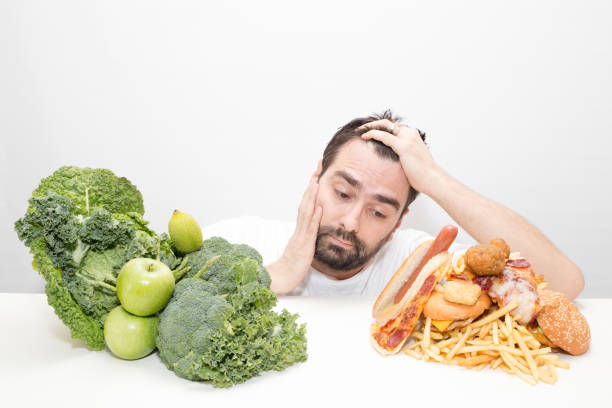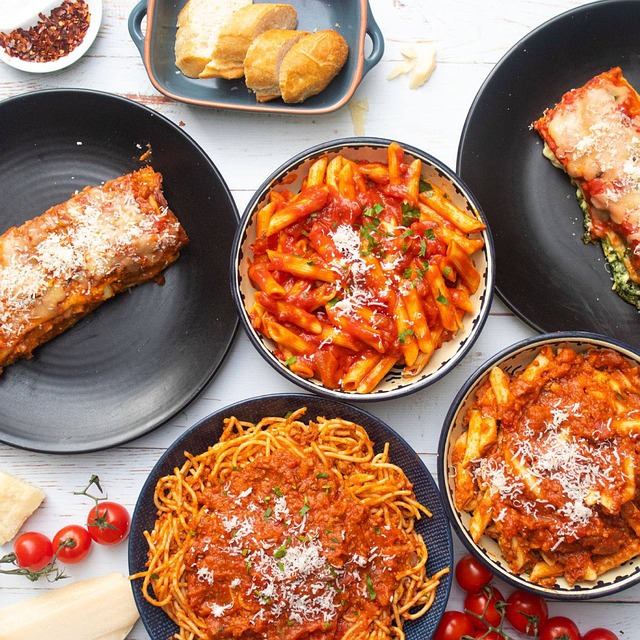Some foods and beverages can increase blood glucose and insulin levels and cause inflammation. These effects may increase your risk for prediabetes or diabetes.
Prediabetes can increase your risk for chronic conditions such as heart disease, kidney failure, and blindness.
Your healthcare team may recommend eating and drinking certain foods to help maintain your blood sugar levels within the recommended range.
Learn about the five foods and beverages you can consume while having diabetes and five that you should avoid.
What is the best food for people with diabetes to eat?
You can eat the majority of foods if you have prediabetes and diabetes. However, some foods are incredibly healthy.
Fiber-rich foods
Fiber can help you feel fuller longer and prevent fatigue from sugary foods. Fiber-rich foods have low glycemic indices (GI). Non-starchy vegetables and whole grains are examples.
Protein-rich foods
Lean protein helps you feel full and provides essential muscle energy. All lean meats, including poultry, beef, pork, and plant-based protein sources, are acceptable.
Fruits
Fruits are a great source of vitamins, minerals, and antioxidants. Fruits are a good source of carbohydrates. However, they all have a low-medium GI. They can be a part of a healthy diet.
Healthy fats
It is essential to consume fats in your diet. Healthy fats include avocado and olive oil.
Unsweetened beverages
If you have diabetes or prediabetes, drinking only water is unnecessary. If it does not contain sugar, you can drink coffee or tea. The consumption of coffee has several health benefits.
Choose plain coffee, espresso, or low-sugar flavors to keep your blood glucose levels in the range you want and avoid weight gain.
Also, you can drink sugar-free sparkling water or flavored sparkling water.
You can eat different foods if you have type one diabetes or kind two diabetes. It’s also important to consider your metabolism. You can speak with a dietitian or healthcare professional about your best diet.
Which foods should people with diabetes avoid?
You can reduce the risk of complications by limiting certain foods and beverages.
Sugar-sweetened foods
You can keep your glucose levels within the range by limiting added sugars. Baked goods like pies, cakes, and cookies are examples.
The American Heart Association suggests that women limit their added sugar intake to 25 grams or six teaspoons per day, and men limit it to 36 grams or nine teaspoons.
Sweetened beverages
Empty calorie drinks such as fruit punch, sodas, other “-ades,” and some mixed drinks are all sweetened. They also contain no nutrients. These drinks can help you lower your blood sugar, blood fat, and risk of developing fatty liver.
Foods high in saturated Fat
Saturated fats increase cholesterol and heart disease risk. The American Diabetes Association suggests limiting your saturated fat intake to 10% daily.
Saturated fats can be found in high-fat meat, dairy products, poultry, oils like palm and coconut, and fruits and vegetables.
Alcohol
Guidelines on alcohol consumption suggest a limit of two drinks for men and one for women daily.
Alcohol can limit the ability of your liver to release glucose. Alcohol can also interfere with some diabetes medications.
Ultra-processed foods
This group contains foods high in sugar, refined grains, and unhealthy fats.
These foods contain high fructose syrup, which you wouldn’t add to your food. These foods increase the risk of type 2 diabetes by a significant amount.
What is the importance of carbohydrate intake for people with diabetes?
Carbohydrates are the macronutrients that provide energy to your body and help it perform essential functions. Protein and Fat also form part of this group. The primary fuel source of your body is carbohydrates.
Carbohydrates are available in many forms. These include starches, Sugars, and Fiber. All carbohydrates (except fiber) are converted to glucose in your body.
Insulin is a hormone that’s produced by the pancreas. It helps move glucose from your bloodstream into your cells, which can be used as energy.
When you have type 2, which comprises 90% to 95% of all diabetes cases (Trusted Source), your body cannot remove glucose efficiently from your bloodstream. This results in high blood sugar levels.
Your pancreas produces more insulin when your blood glucose level is high. Your pancreas can wear out over time and have less insulin.
It is essential to pay attention to your diet, especially to the type and amount of carbohydrates that you consume. This will help you manage your blood sugar levels.
This will prevent rapid increases and drops in blood glucose levels and reduce the risk of complications.



